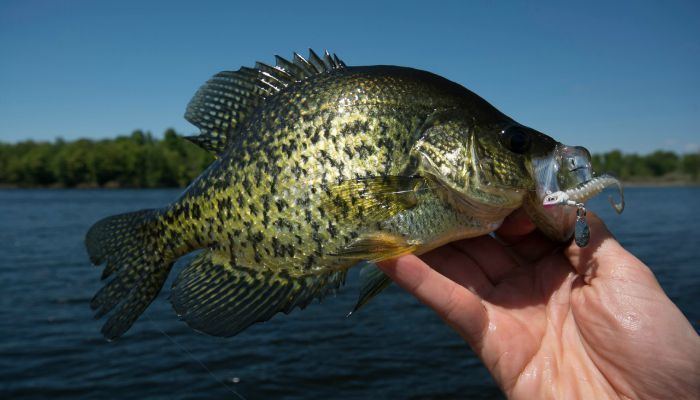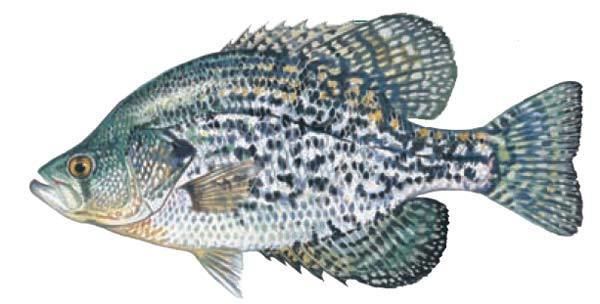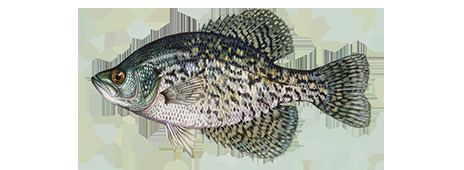Scientific name Pomoxis Rank Genus | Phylum Chordata | |
Lower classifications Black crappie, White crappie | ||
How to fish for crappies at night crappie fishing from a dock using live and artificial baits
The crappies (/ˈkræpiː/ or /ˈkrɒpiː/) are a genus, Pomoxis, of North American freshwater fish in the sunfish family Centrarchidae. Both species in this genus are popular pan fish.
Contents
- How to fish for crappies at night crappie fishing from a dock using live and artificial baits
- Finding fall crappie
- Etymology
- Species
- Biology
- Fishing
- Angling
- Commercial fishing
- Crappie fishing records
- References

Finding fall crappie
Etymology

The genus name Pomoxis derives from the Greek πώμα (cover, plug, operculum) and οξύς (sharp). The common name (also spelled croppie or crappé), derives from the Canadian French crapet, which refers to many different fishes of the sunfish family. Other names for crappie are papermouths, strawberry bass, speckled bass or specks (especially in Michigan), speckled perch, crappie bass, calico bass, (throughout the Middle Atlantic states, and New England), sac-a-lait (in southern Louisiana, lit. "milk bag", an alteration by folk etymology from Choctaw sakli) and Oswego bass.
Species
The currently recognized species in this genus are:
Biology

Both species of crappie as adults feed predominantly on smaller species, including the young of their own predators (which include the northern pike, muskellunge, and walleye). They have diverse diets, however, including zooplankton, insects, and crustaceans. By day, crappie tend to be less active and will concentrate around weed beds or submerged objects, such as logs and boulders. They feed during dawn and dusk, by moving into open water or approaching the shore.
Fishing

The Pomoxis species are highly regarded pan fish and are often considered to be among the best-tasting freshwater fish. Because of their diverse diets, crappie may be caught in many ways, including casting light jigs, trolling with minnows or artificial lures, using small spinnerbaits, or using bobbers. Crappies are also popular with ice-fishers, as they are active in winter. The current all-tackle fishing world record for a black crappie is 2.25 kg (5.0 lb) and for a white crappie is 2.35 kg (5.2 lb).
Angling

Angling for crappie is popular throughout much of North America. Methods vary, but among the most popular is called "Spider Rigging," a method characterized by a fisherman in a boat with many long fishing rods pointing away from the angler at various angles like spokes from a wheel. Anglers who employ the Spider Rigging method may choose from among many popular baits. Some of the most popular are plastic jigs with lead jig heads, crankbaits or live minnows. Many anglers also chum or dump live bait into the water to attract the fish to bite their bait. Crappies are also regularly targeted and caught during the spawning period by fly fishermen, and can be taken from frozen ponds and lakes in winter by ice fishing.
Commercial fishing
A commercial fishery for crappies existed at Reelfoot Lake in Tennessee until 2003. It was one of the few commercial fisheries for crappies.
Crappie fishing records
By information from International Game Fish Association IGFA the most outstanding records:
